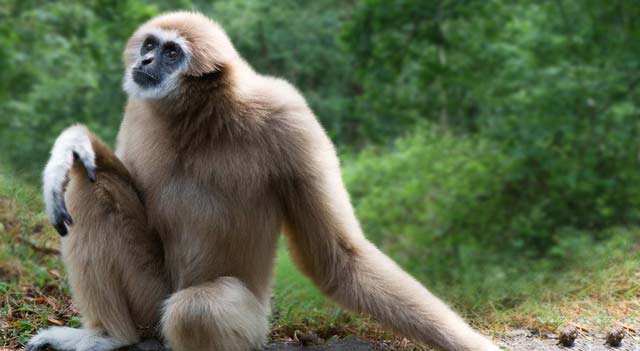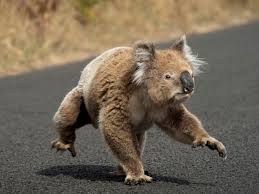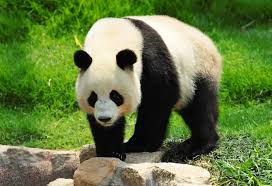Souvenir Sheet: Zoo Parc Beauval Extraordinary Animals (Personalized and Private Mail Stamps 2020)
Zoo Parc Beauval Extraordinary Animals (Personalized and Private Mail Stamps 2020)
01 January (Personalized and Private Mail Stamps ) within release France : Collector. Zoo Parc Beauval Extraordinary Animals goes into circulation Souvenir Sheet Zoo Parc Beauval Extraordinary Animals face value 4*Prioritaire No Face Value
Souvenir Sheet is square format.
Also in the issue France : Collector. Zoo Parc Beauval Extraordinary Animals:
- Stamp - Agato face value Prioritaire;
- Stamp - Shiva face value Prioritaire;
- Stamp - Yindi face value Prioritaire;
- Stamp - Yuan-zi face value Prioritaire;
- Souvenir Sheet - Zoo Parc Beauval Extraordinary Animals face value 4*Prioritaire;
Souvenir Sheet Zoo Parc Beauval Extraordinary Animals it reflects the thematic directions:
Animals are multicellular, eukaryotic organisms of the kingdom Animalia (also called Metazoa). All animals are motile, meaning they can move spontaneously and independently, at some point in their lives. Their body plan eventually becomes fixed as they develop, although some undergo a process of metamorphosis later on in their lives. All animals are heterotrophs: they must ingest other organisms or their products for sustenance.
Apes (collectively Hominoidea /hɒmɪˈnɔɪdi.ə/) are a clade of Old World simians native to sub-Saharan Africa and Southeast Asia (though they were more widespread in Africa, most of Asia, and Europe in prehistory), which together with its sister group Cercopithecidae form the catarrhine clade, cladistically making them monkeys. Apes do not have tails due to a mutation of the TBXT gene. In traditional and non-scientific use, the term ape can include tailless primates taxonomically considered Cercopithecidae (such as the Barbary ape and black ape), and is thus not equivalent to the scientific taxon Hominoidea. There are two extant branches of the superfamily Hominoidea: the gibbons, or lesser apes; and the hominids, or great apes.
The koala (Phascolarctos cinereus), sometimes called the koala bear, is an arboreal herbivorous marsupial native to Australia. It is the only extant representative of the family Phascolarctidae and its closest living relatives are the wombats. The koala is found in coastal areas of the mainland's eastern and southern regions, inhabiting Queensland, New South Wales, Victoria, and South Australia. It is easily recognisable by its stout, tailless body and large head with round, fluffy ears and large, dark nose. The koala has a body length of 60–85 cm (24–33 in) and weighs 4–15 kg (9–33 lb). Fur colour ranges from silver grey to chocolate brown. Koalas from the northern populations are typically smaller and lighter in colour than their counterparts further south. These populations possibly are separate subspecies, but this is disputed.
The giant panda (Ailuropoda melanoleuca), also known as the panda bear or simply panda, is a bear species endemic to China. It is characterised by its white coat with black patches around the eyes, ears, legs and shoulders. Its body is rotund; adult individuals weigh 100 to 115 kg (220 to 254 lb) and are typically 1.2 to 1.9 m (3 ft 11 in to 6 ft 3 in) long. It is sexually dimorphic, with males being typically 10 to 20% larger than females. A thumb is visible on its forepaw, which helps in holding bamboo in place for feeding. It has large molar teeth and expanded temporal fossa to meet its dietary requirements. It can digest starch and is mostly herbivorous with a diet consisting almost entirely of bamboo and bamboo shoots.
The tiger (Panthera tigris) is a member of the genus Panthera and the largest living cat species native to Asia. It has a powerful, muscular body with a large head and paws, a long tail and orange fur with black, mostly vertical stripes. It is traditionally classified into nine recent subspecies, though some recognise only two subspecies, mainland Asian tigers and the island tigers of the Sunda Islands.





